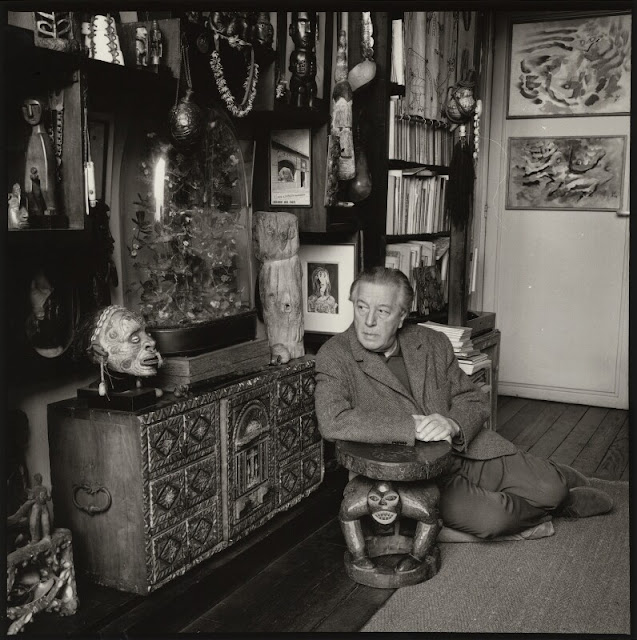Did you know there’s an area of Norwich called Tombland?
I suppose a lot of people do, but I didn’t until I found myself in Norwich last weekend, having been to a disappointing exhibition, and was looking for entertainment. And although I wasn’t expecting Tombland to be some sci-fi, horror, zombie theme park, I was still disappointed at first to find that Tombland is pretty much the public square in front of the Cathedral entrance.
In fact Tombland is the Old English or possibly Viking (scholars differ) word for empty space, though of course it’s not as empty as it used to be. And right there in the middle there’s an obelisk, and I think you already know about my mild but ongoing obelisk obsession. This one is actually a drinking fountain.
So it hadn’t been a wasted afternoon, and then because I’d looked at a map earlier, I’d seen that Rosary Cemetery was nearby, and so (being something off a taphophile) it had to be investigated. We had to walk through Old Library Woods which was not much of a wood, though there was a wayside library and a 'community chatting bench,' and some fine bookish sculptures complete with real live, unsculpted, fungi.
It was established in 1819 by Thomas Drummond, and various sources say it was the first non-denominational burial ground in Britain, though I’d have thought Bunhill Fields – resting place of Bunyan, Blake and Defoe - first used as a burial ground in 1665 would have some claim on this. Other sources simply say Rosary was the first private cemetery in England.
I like walking in cemeteries, I find it a pleasure, and I do spend a certain amount of time wondering what exactly is the nature of this pleasure. I don’t think it’s a form of gloating. I don’t walk around thinking how lucky I am to be alive when all these other folk are dead, because I know that my luck will run out and sooner or later I’ll be joining them.
Partly I enjoy the mysteries of cemeteries. The people in these graves all had complex and nuanced lives and you can only imagine what these were because even the most elaborate headstone never tells you much. And even though an obelisk doesn’t tell you any more, it does make a statement.
In fact I’ve considered buying an obelisk so that I can have it my back garden now while I live, and then loved ones can move it to the cemetery when I’m gone, so that others can walk around the graveyard see my obelisk and think what a great man this Nicholson must have been.
Or I suppose if these same loved ones set up the Nicholson Memorial Museum of Curiosities,
Of course since I’ll be gone I won’t know whether the loved ones have actually done this or not.








































